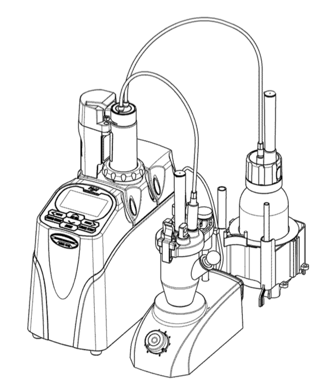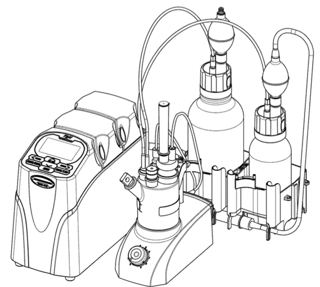Water determination by Karl Fischer Titration
How does the Karl Fischer Moisture method work?
Karl Fischer moisture testing is one of the most popular and widely accepted methods for determining moisture content accurately. In addition to part per million (PPM) detection down to 1PPM the Karl Fischer titration method is also highly repeatable. These qualitative factors alone make the Karl Fischer method an industry standard in many industries including food, phamaceuticals, plastics, chemicals and petroleum. The Karl Fischer method is also popular because of the versatility of the samples that can be tested including liquids, gases and solids. Traditionally liquids that have good solubility work best however with the aid of Karl Fischer accessories including evaporators it is possible to test many other types of samples.
In practice Karl Fischer moisture testing can detect moisture down to less than 10 parts per million all the way up to 100% saturation. The ability to measure such a wide range of moisture levels with part per million (PPM) detection, accuracy, and repeatability is acheived by using either coulometric Karl Fischer titration or volumetric Karl Fischer titration.
Coulometric Karl Fischer Titration
Coulometric Karl Fischer titration utilizes an electrochemical approach where moisture is detected and an electrical current is delivered from one of the two electrodes inside the titration vessel containing the reagent and sample. The electrical current delivered into the reagent causes iodine to release and neutralizes the water. This approach is best suited for samples containing lower levels of moisture content. A general guidleline is 2% or less but can vary depending on the sample size being used.

Volumetric Karl Fischer Titration
Volumetric Karl Fischer titration utilizes a burette that doses specific amounts of reagent into the vessel where the sample is located. The amount of reagent actually delivered from the burette to neutralize the water in the sample determines the water content. This approach is generally ideal for samples containing more water as it is easier and faster to dose small or large amounts of reagent via the burette. A general guideline is anything above 2% up to 100% saturation.

